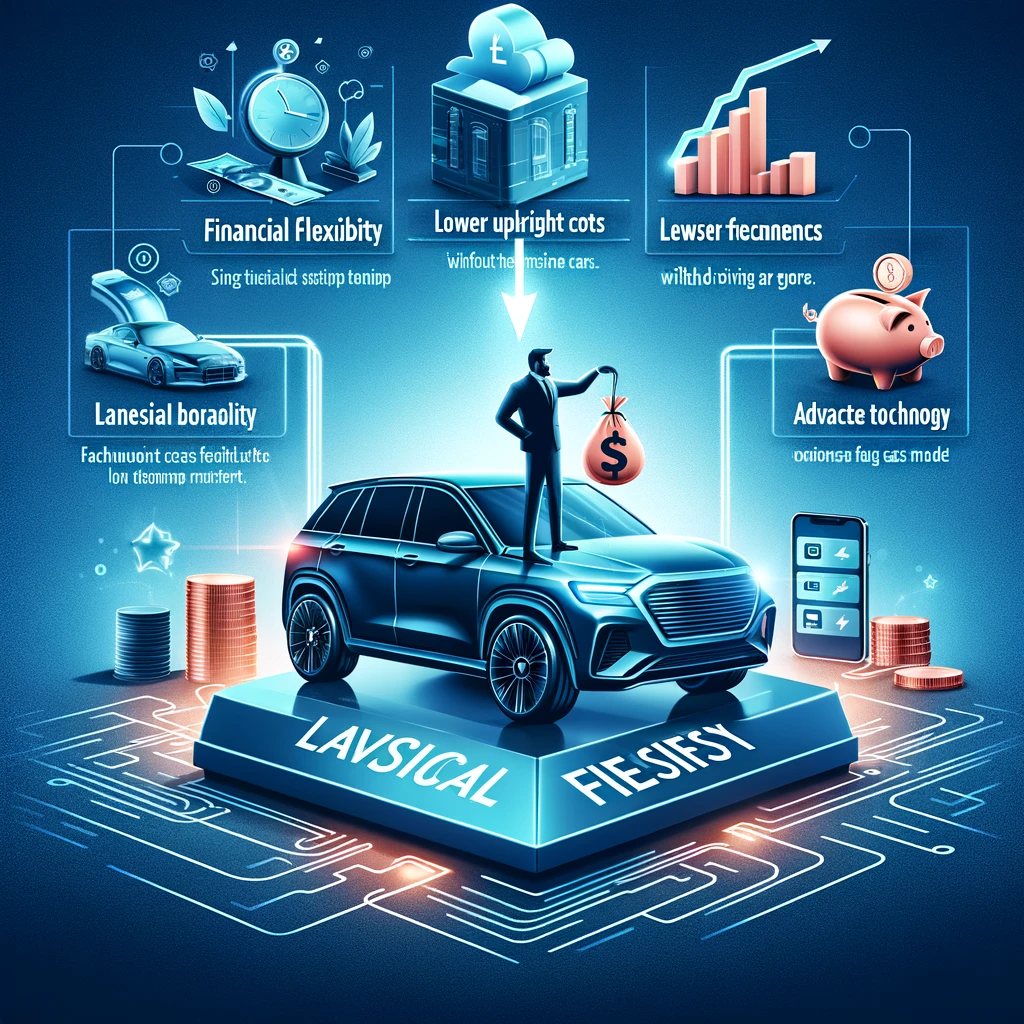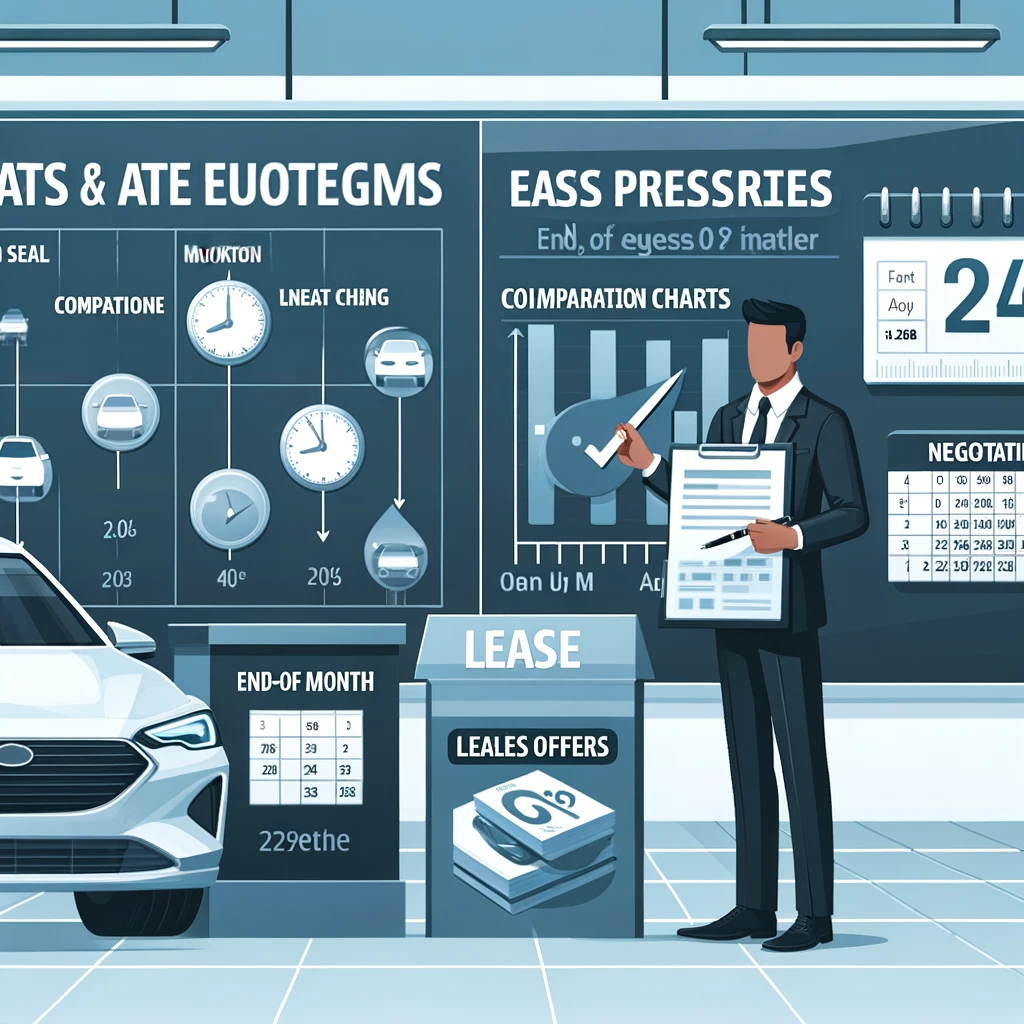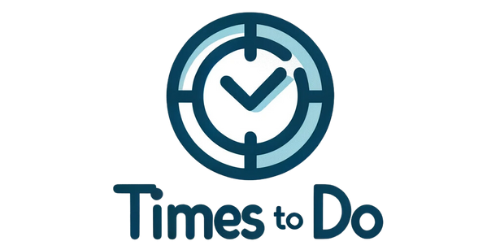The Best Time to Lease a Car in 2024: A Comprehensive Guide

Choosing to lease a vehicle instead of buying can offer a host of advantages, yet the timing of the lease is crucial to ensure you receive the best deal available. This comprehensive guide explores when to lease for maximum savings.
Leasing a car has become an increasingly popular alternative to traditional car buying. Leasing offers several key benefits:
- Lower monthly payments than financing a car purchase
- Limited maintenance costs since leased cars are typically under warranty
- Access to drive new car models with the latest features
- Lower upfront costs than buying since leases require smaller down payments
However, while leasing offers clear advantages, prospective lessees often overlook one major factor – timing. Picking the optimal time to sign your lease can make a huge difference in the overall cost and experience.
In this detailed guide, we’ll break down the best time to lease a car by looking at relevant economic factors, seasonal incentives, personal considerations, dealership strategies, and lease-specific elements. With the right timing, you can maximize savings and satisfaction when leasing your next car.
Key Benefits of Leasing
Before diving into timing, let’s briefly overview the core benefits that make leasing an attractive option:

Lower Monthly Payments
Leasing usually results in a lower monthly payment compared to financing a car purchase. With financing, your monthly fee covers the total purchase price plus interest. With leasing, you simply pay for the vehicle’s expected depreciation during the lease term plus rent charges and interest.
Limited Maintenance Costs
Leased cars are typically under the original factory warranty throughout the lease. This means maintenance and repair costs are minimized during your lease term. With buying, once the warranty expires, the owner takes on all maintenance costs.
Access to Newer Models
Leasing allows you to drive a new car every few years with the latest features and technology. With buying, most consumers hold onto cars longer before buying new ones again. Leasing thus provides more frequent access to newer models.
Lower Down Payment
When leasing, you may pay little to no money down, just the first month’s payment. Buying usually requires a more significant down payment of 10-20% of the car’s purchase price. The lower down payment makes leasing more affordable upfront.
Now that we’ve reviewed why leasing is attractive let’s look at how to time your lease for maximum savings.
Key Factors Influencing the Best Time to Lease a Car
Several important factors, from economic conditions to seasonal incentives, impact when the best deals can be found.

Economic Factors
Broader economic conditions have a major influence on lease costs. Interest rates and the overall economy both play pivotal roles.

Interest Rates Impact on Lease Deals
Interest rates significantly sway lease costs. When interest rates are low, you can secure a lease with a lower annual percentage rate (APR), leading to smaller monthly payments. Keep an eye on national rate trends and consider leasing when rates dip. Monitor financial news sites for rate movement.
Economy’s Effect on Residual Values
The overall economy affects the residual value – the car’s estimated worth at the lease end. A strong economy typically equates to higher resale values. This leads to more favorable lease terms. However, a downturn may depress values and raise your lease costs. Consider economic health and lease during periods of relative stability.
Seasonal Factors
Lease deals fluctuate by season – understanding these trends can lead to better deals.

Pros and Cons by Season
Each season has unique upsides and downsides for leasing:
- Spring/Summer: Wide vehicle selection and nice weather for shopping. High demand can limit negotiation flexibility.
- Fall: New model year arrival brings discounts on previous year cars, excellent for leasing outgoing models.
- Winter: Slower sales allow more negotiation leverage at dealerships. But winter driving conditions.
Evaluate your local climate and personal preference when picking a season.
Seasonal Promotions
Dealerships run seasonal promotions with targeted discounts or incentives during certain times of year. For example, Memorial Day and Labor Day typically bring lease and purchase deals. Promotions vary by location and manufacturer.
Research current offers in your area. Plan to take advantage of seasonal promotions that align with other timing factors.
Model Year Changeover
Timing lease decisions around the model year changeover is crucial. Here’s how to optimize:

Significance of Model Year Changeover
The auto industry follows a January-December model year. Late in the year, next year’s models roll out. This makes current model-year cars less desirable. Use this transition to your advantage when leasing. Dealers will be motivated to offload outgoing models with incentives.
Target Outgoing Models
Lease an outgoing model during the fourth quarter and into the new year. Ask about upcoming rebates, incentives, and packages dealers may offer to clear old inventory.
Check Manufacturer Timelines
Each automaker follows slightly different new model release and clearance timeframes. Check their websites for specific model year transition details.
Holidays and Year-End Sales Events
Major holidays and annual sales draw car buyers. Dealers compete with lease and purchase promotions.

Key Sales Events
Mark your calendar for these major shopping events:
- Memorial Day Weekend – Massive May sale with discounted leases.
- 4th of July Savings – Red, white, and blue deals are offered, including on leases.
- Labor Day Sales – Huge September sale as summer ends, another big lease promo period.
- Black Friday/Cyber Monday – Massive November discounts and lease deals are often included.
- Year-End Clearance – Big year-end sales push brings lease incentives.
Maximize Holiday Savings
To make the most of holiday and year-end sales events:
- Research upcoming deals at your desired brands and local dealers ahead of time.
- Visit multiple dealerships to compare promotions and incentives.
- Negotiate additional savings even on holiday deals.
With preparation and negotiation, you can stack savings on top of already discounted holiday lease promotions.
Personal Factors to Consider
While market conditions significantly sway lease costs, your personal situation also affects timing.

Credit Score and Financial Health
Your credit score greatly impacts the lease terms and rates you’ll be offered. An excellent score means better rates and lower payments.
How Credit Score Impacts Lease Offers
Lenders use your credit score to calculate your default risk. Those with higher scores are seen as lower risk and are rewarded with better lease rates and terms. If your score is poor, you’ll pay more.
Improving your score before leasing may enable a more affordable lease structure. Also, assess your overall budget and financial health. Make sure leasing payments comfortably fit within your situation.
Personal Needs
Take lifestyle factors into account when timing your lease:
- Family size – If expanding, time the lease to acquire a larger vehicle.
- Driving habits – Assess commute, mileage needs and pick an efficient, suitable car.
- Preferred features – Determine must-have functionality like cargo space or technology.
Lease a car that aligns with your family, lifestyle, and feature needs. Prioritize these personal elements as you evaluate timing.
Lease Duration
Lease terms of 24-36 months are most common. But longer 48-60 month leases are also available. The duration you choose can impact timing.
Duration and Timing
Shorter Leases – Best if you prefer frequently driving something new. Time purchases around when deals are best. Longer Leases – Enable lower payments. Best if planning to keep the car several years. Lock in good terms.
Choose a duration that fits your habits—time the start date around optimal savings opportunities within your desired lease length.
Dealership Strategies and Negotiation
Being aware of dealership selling tactics can help you score a winning lease deal.

End-of-the-Month Rush
Dealers push to hit monthly quotas and may offer improved lease terms as the month wraps up. Many dealerships face sales targets each month. To hit goals, they may become more flexible on lease prices at month’s end. Taking advantage of the month-end rush requires preparation and negotiation skills.
Keys to Success
- Research prices going in so you know a fair deal
- Determine your target monthly payment and down payment ahead of time
- Be willing to walk away rather than accept a bad deal
With the right approach, you can negotiate an outstanding lease even amid the month-end frenzy.
Year-End Clearance Sales
Huge discounts are offered as the year wraps up and dealers empty outgoing model year inventory.
Savings Opportunities
Dealerships want to clear out the current model year cars to make room for new arriving inventory. This motivates them to offer significant discounts and incentives, especially on lease deals.
Timing and Preparation For maximum savings:
- Start researching models and fair pricing early, in fall.
- Check manufacturer websites for added year-end rebates.
- Visit dealerships early before selection is depleted.
- Negotiate firmly, as dealers will be motivated to move units.
Use ample preparation time and negotiating skills to take advantage of year-end lease deals.
Off-Peak Visits
Shopping for a lease during lower-traffic times can provide advantages.
Benefits of Off-Peak Times
Weekday and non-holiday visits typically draw fewer shoppers. Dealerships are less crowded, and salespeople have more time to focus on your needs. This allows for attentive service and favorable negotiation conditions.
Strategies for Success
To make the most of off-peak timing:
- Build rapport with your salesperson for better service and willingness to bargain.
- Ask questions and gain an understanding of all lease terms and factors.
- Avoid feeling rushed; proceed methodically.
The relaxed off-peak dealership atmosphere can facilitate lease shopping success.
Lease-Specific Considerations
Elements particular to leasing should further guide your timing.

Lease Specials and Promotions
Manufacturers and dealers regularly offer lease-specific specials.
Lease promotions may include:
- Reduced monthly payments
- Waived or reduced down payment
- Signing bonuses like prepaid lease payments
Deals frequently change. Routinely check automaker and dealer sites for the latest lease specials. Time your lease around available promotions that fit your needs.
Residual Value Forecasts
A vehicle’s residual value significantly impacts the lease cost.
Understanding Residual Values
The residual value is the car’s estimated market value at the lease end. The higher the residual value, the lower your depreciation costs. To get the best deal, research and understand projected residual values on desired models.
Brands with Strong Residuals
Certain automakers consistently produce vehicles that better retain value. Brands like Toyota, Honda, and Subaru are recognized for their high residual values. Opting for their cars when leasing provides added peace of mind.
Lease-End Considerations
Properly timing the end of your lease is also essential for avoiding penalties.
Returning Your Lease
Carefully review your agreement to understand the return conditions. Coordinate inspection timing, mileage limits, wear and tear guidelines, and disposition fees.
Future Plans
Also, consider your post-lease plans. Do you want to lease again, buy the car, or switch vehicles? Time the lease return around your next steps. Give adequate lead time to shop for the replacement vehicle.
Conclusion
The optimal time to lease depends on many intersecting factors – economic conditions, manufacturer promotions, personal needs, and more. While the “perfect” timing is elusive and different for everyone, understanding the key considerations allows you to make an informed leasing decision. With proper timing, you can maximize savings and satisfaction when leasing your next car.
By considering the best times of the year, coordinating special offers, assessing economic indicators and personal factors, and leveraging sound negotiation strategies, you can successfully navigate the leasing maze. Use the guidance in this comprehensive guide to lease smart, enhance savings, and avoid missteps when leasing your next car.
Faqs
What is car leasing?
Car leasing is a financial arrangement where you essentially rent a vehicle for a specified period, usually 2-4 years. Instead of purchasing the car outright, you make monthly payments during the lease term. At the end of the lease, you can typically choose to buy the car or lease a new one.
What are the advantages of leasing a car?
Leasing offers several benefits, including lower monthly payments compared to buying, access to newer models with advanced features, limited maintenance costs (since the car is often under warranty), and lower upfront payments.
Why is timing important when leasing a car?
Timing is crucial when leasing a car because it can significantly affect the cost and terms of your lease. The right timing can lead to lower interest rates, more favorable incentives, and better deals on the car you want.
How do economic conditions impact car leasing?
Economic conditions, such as interest rates and the overall state of the economy, can influence car lease deals. Low interest rates typically lead to lower monthly lease payments, making it a good time to lease. Conversely, economic downturns can affect residual values, impacting lease terms.
Are there specific seasons that are better for leasing a car?
Yes, different seasons can have an impact on lease incentives. For example, fall is often a good time for leasing as dealerships clear out older inventory to make room for new models. Winter can also be a slow season for dealerships, potentially leading to better deals.
What is the significance of the model year changeover?
The model year changeover is when car manufacturers release new models and dealerships aim to clear out older inventory. Leasing a car from the previous model year during this transition can result in attractive incentives and discounts.
Are there specific holidays or year-end sales events that offer good lease deals?
Yes, holidays like Memorial Day, Labor Day, Black Friday, Cyber Monday, and year-end clearance events often feature special lease promotions and discounts. It’s a good idea to research these events and plan your lease accordingly.
How does my credit score affect my car lease terms?
Your credit score plays a significant role in lease terms and rates. A higher credit score can lead to lower interest rates and more favorable lease terms, while a lower score may result in higher monthly payments.
What personal factors should I consider when leasing a car?
Consider factors like family size, lifestyle, and daily commute when choosing the timing for your lease. Your personal needs and preferences should align with the type of vehicle you’re leasing and the features it offers.
How can I negotiate better lease terms?
Negotiating effectively is essential when leasing a car. Consider visiting dealerships at the end of the month, during year-end clearance events, or during off-peak hours for better negotiation opportunities. Research the fair market value of the car you want and be prepared to ask questions and seek clarification during negotiations.
What is residual value, and why is it important in leasing?
Residual value is the estimated worth of the car at the end of the lease term. It’s crucial because it impacts your monthly payments. Higher residual values can lead to lower payments, so it’s beneficial to research and understand this aspect when leasing.
How should I plan for lease return timing?
Planning the timing of your lease return is essential to avoid penalties or extra charges. Review your lease agreement to understand the terms and conditions for lease return. Determine your long-term goals, whether it’s leasing another vehicle, buying the leased car, or exploring other options.
